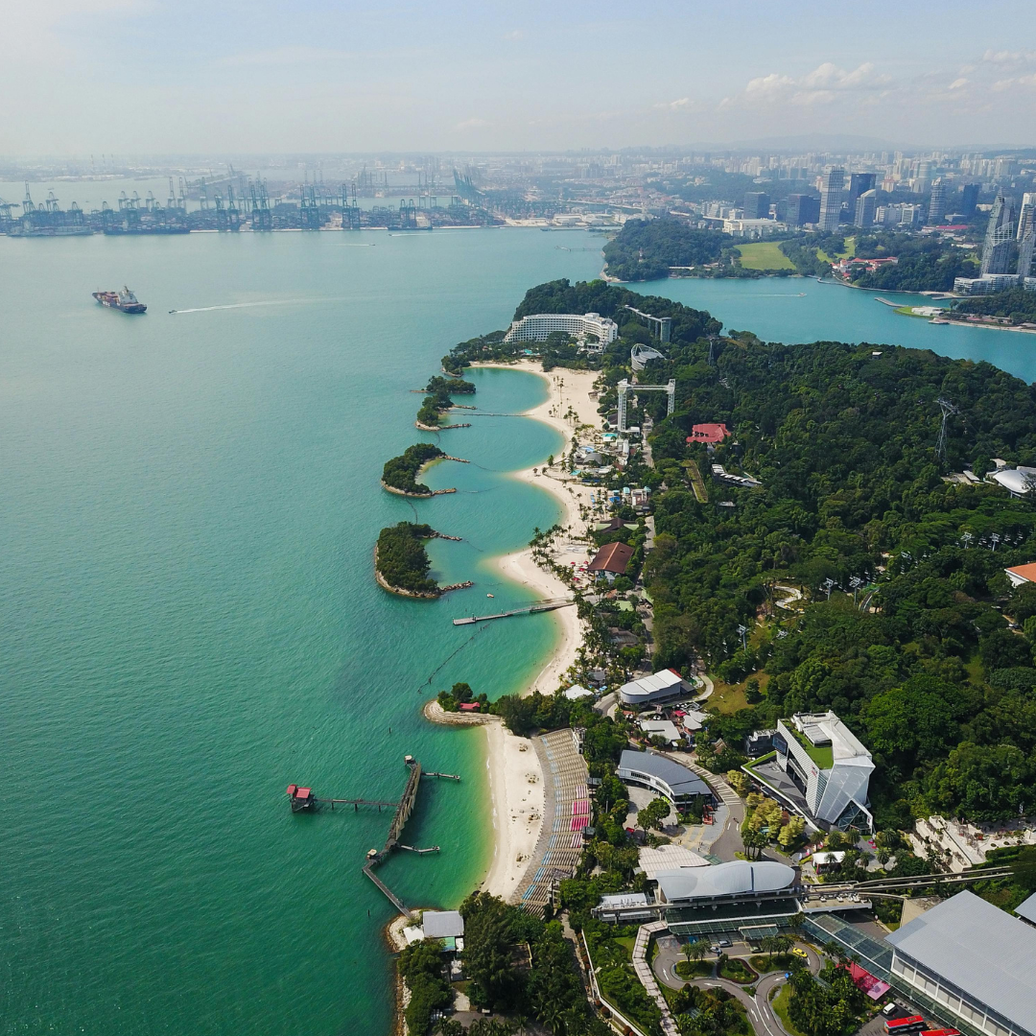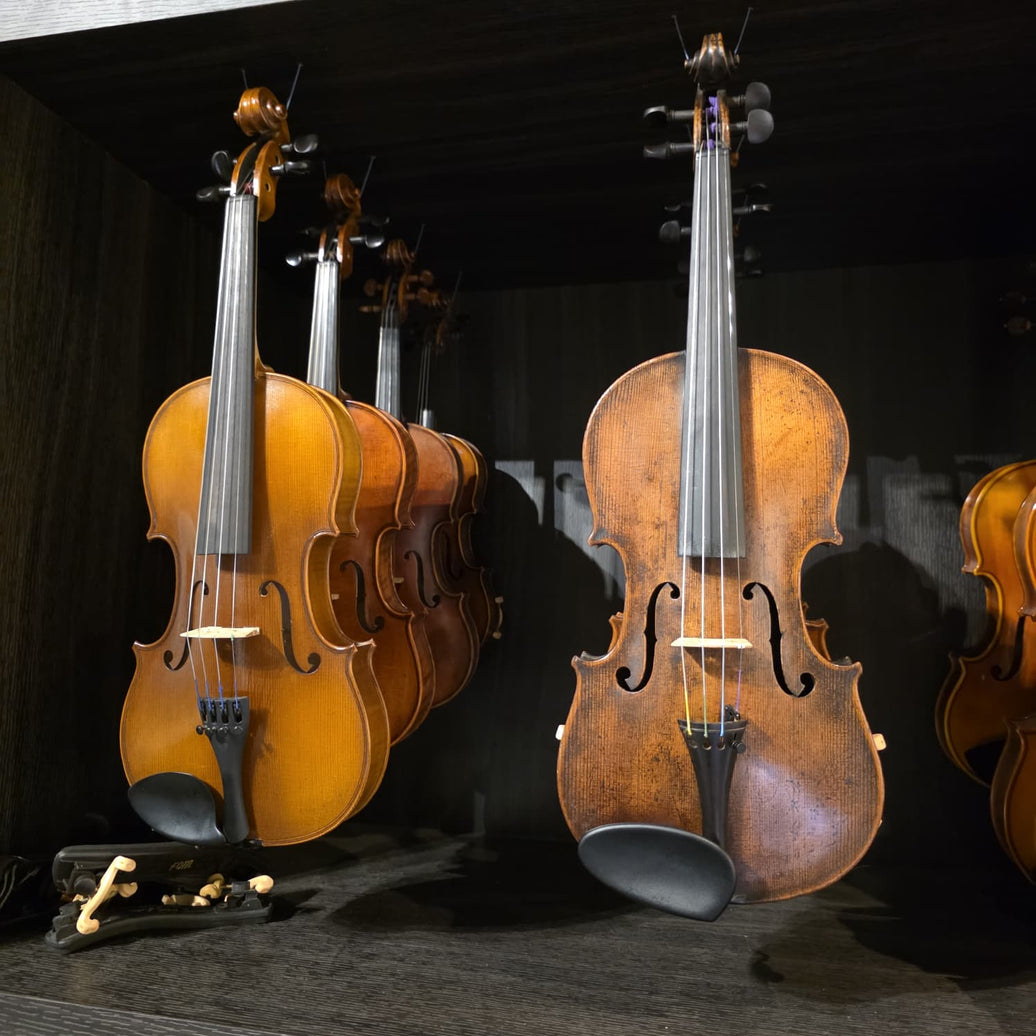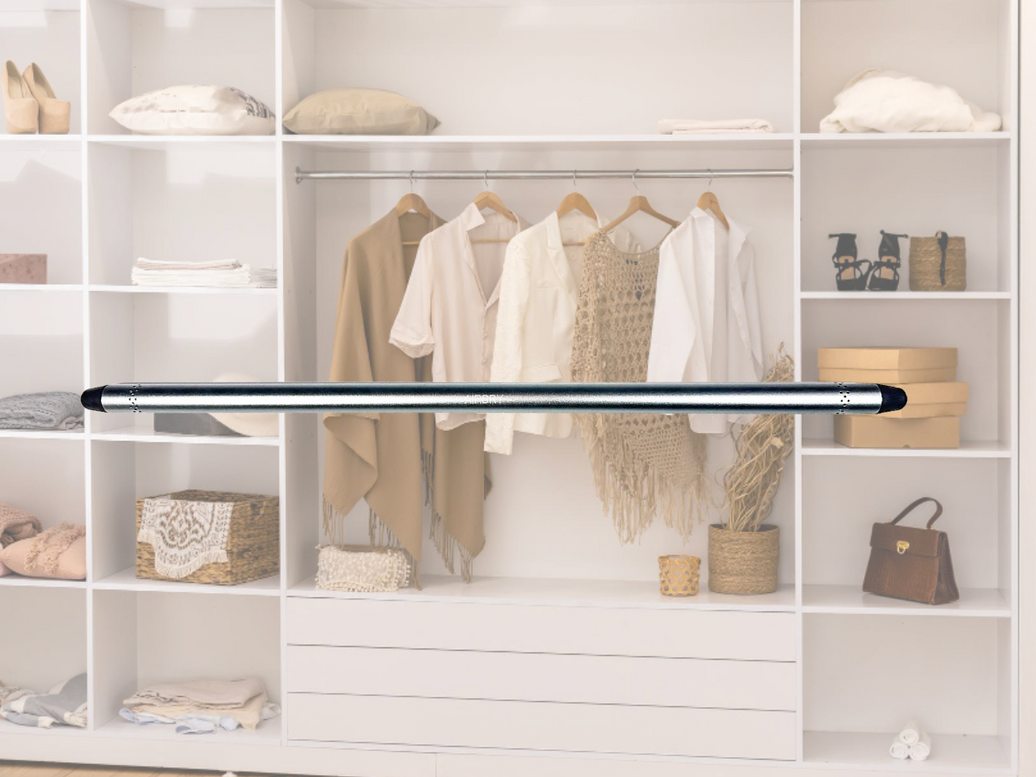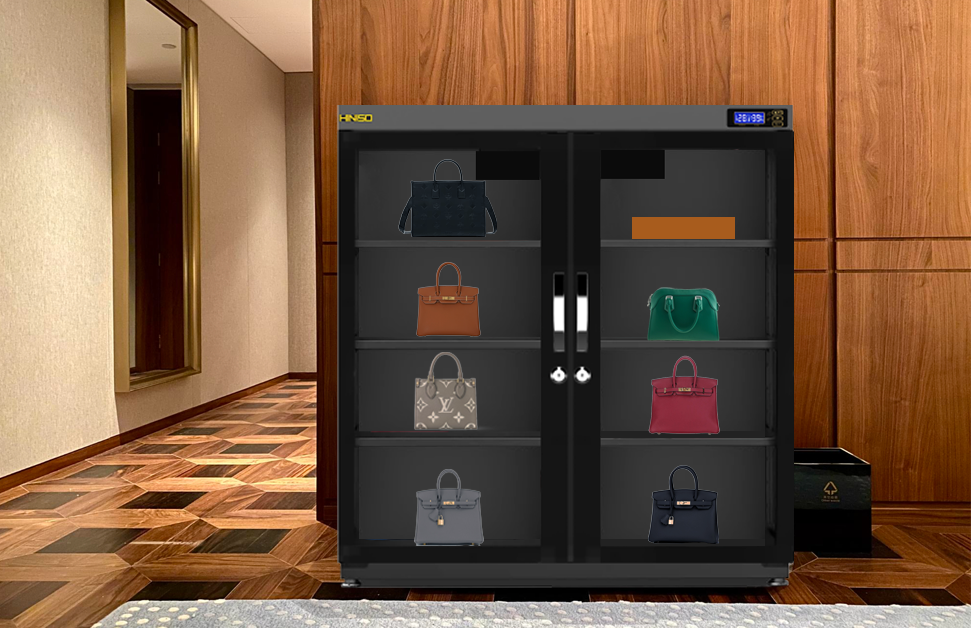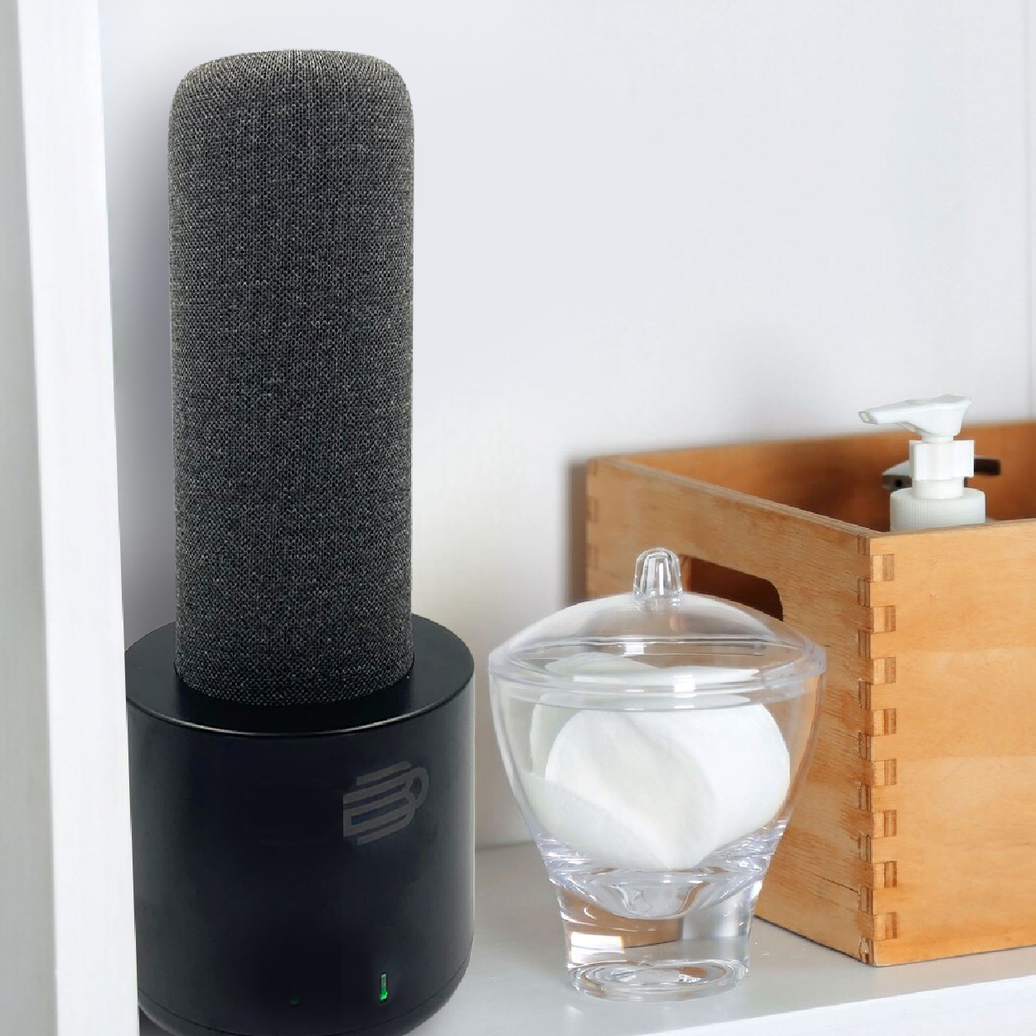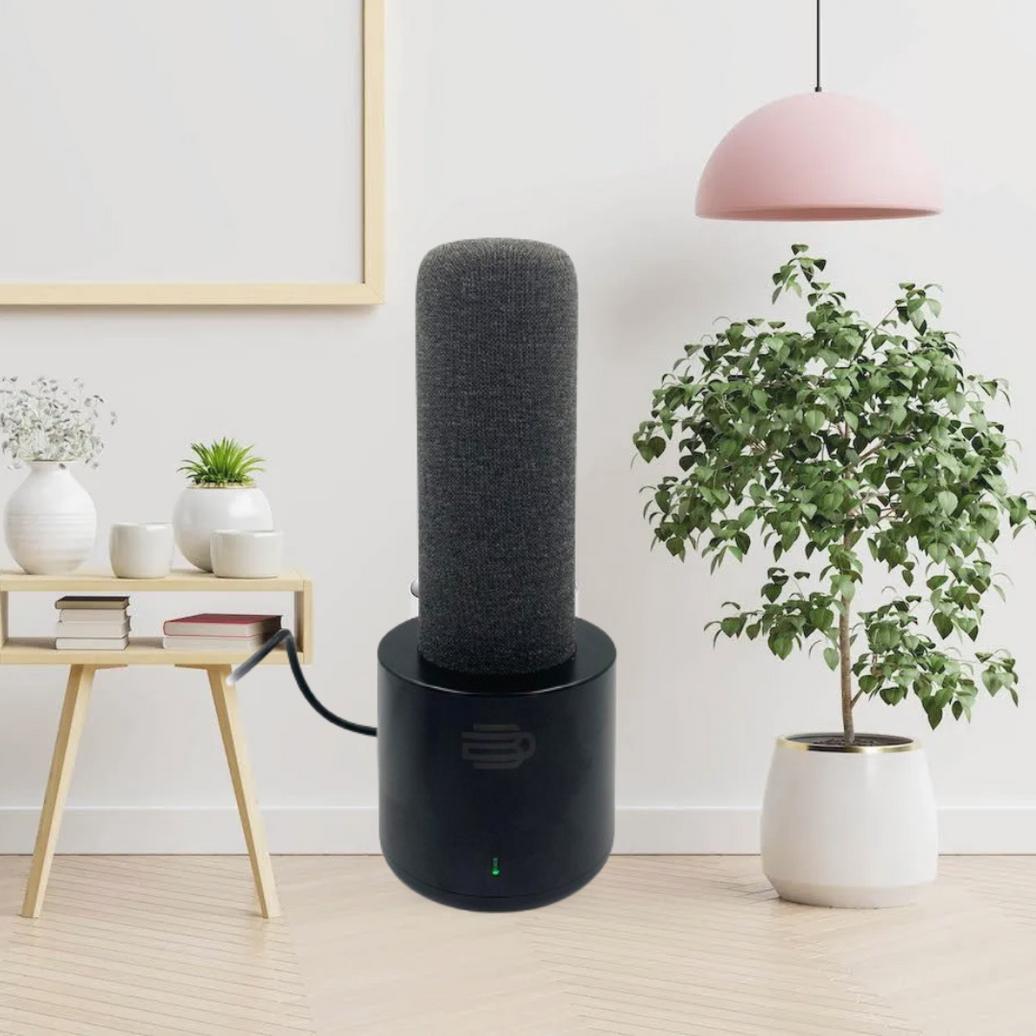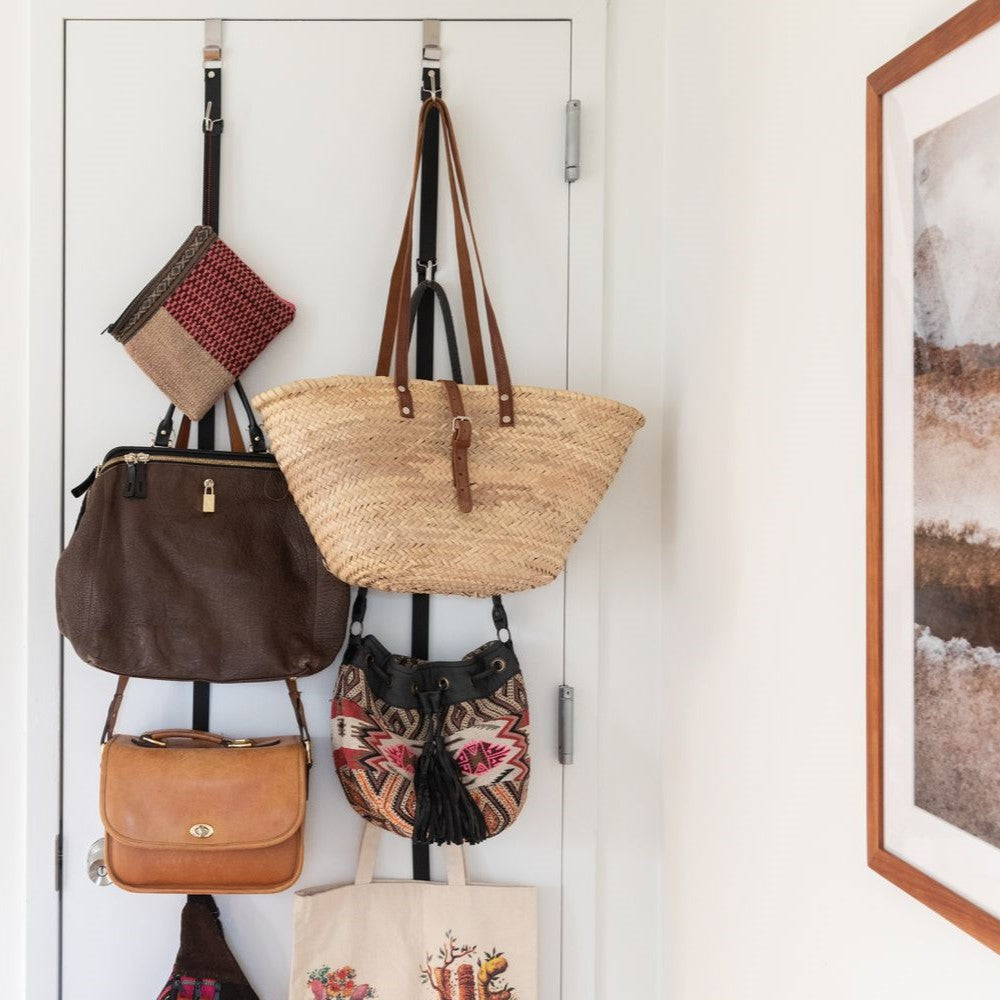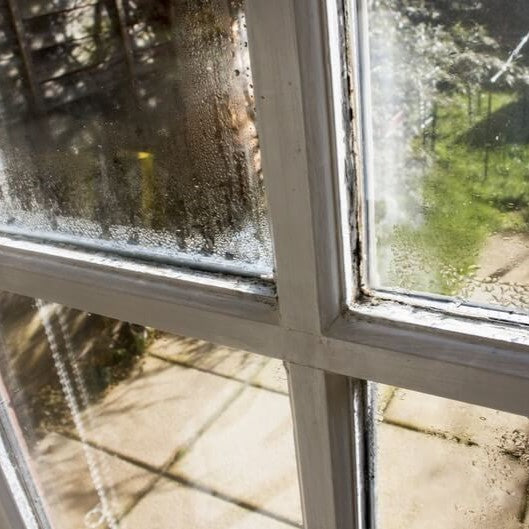Singapore’s Nanyang Technological University (NTU) recently unveiled a groundbreaking sustainable building project: a S$125 million wooden structure, designed to be a model of eco-friendly architecture. However, reports have surfaced about mold growth within the building, raising concerns about the durability and sustainability of wooden constructions in tropical climates.

Understanding the Cause of Mold Growth
Mold thrives in environments where moisture, warmth, and organic material converge—conditions that are not uncommon in Singapore’s humid climate. The NTU building, constructed primarily of engineered wood, is no exception. Here are the key reasons mold has become an issue:
-
High Humidity Levels: Singapore’s tropical climate, characterized by high humidity and frequent rainfall, provides the perfect breeding ground for mold. Wooden structures are particularly vulnerable as wood naturally absorbs moisture from the air, creating an ideal environment for mold spores to grow.
-
Inadequate Ventilation: Proper ventilation is crucial for controlling humidity levels within a building. If the NTU wooden structure lacks adequate ventilation, the trapped moisture can lead to condensation on surfaces, further encouraging mold growth.
-
Water Leakage: Any leaks in the building’s roofing, walls, or plumbing can introduce moisture directly into the wooden framework, exacerbating the problem. Even minor leaks, if left unattended, can lead to significant mold infestations over time.
-
Poor Maintenance: Regular maintenance, including cleaning and inspection, is essential in preventing mold growth. If the building’s wooden surfaces are not properly treated or maintained, mold can easily take hold.
Potential Risks of Mold Growth
Mold growth within a building poses several risks, including:
-
Health Concerns: Mold spores can lead to respiratory problems, allergic reactions, and other health issues, particularly for individuals with pre-existing conditions like asthma.
-
Structural Damage: Over time, mold can cause wood decay, compromising the structural integrity of the building and leading to costly repairs.
-
Aesthetic Issues: Mold stains and odors can affect the aesthetic appeal of the building, detracting from its intended showcase as a sustainable architectural marvel.
Prevention Strategies for Mold Growth
Preventing mold growth in wooden buildings, especially in humid climates like Singapore, requires a proactive approach. Here are some effective strategies:
-
Enhanced Ventilation Systems: Implementing advanced ventilation systems can help regulate humidity levels within the building. Dehumidifiers and air purifiers can also be installed to reduce moisture in the air.
-
Regular Inspections and Maintenance: Routine inspections can identify early signs of mold or water damage, allowing for prompt remediation. Regular cleaning, particularly in areas prone to moisture, is also essential.
-
Waterproofing and Sealing: Ensuring that the building is properly sealed and waterproofed can prevent water infiltration. This includes inspecting roofing, windows, and plumbing systems to eliminate any potential sources of leaks.
-
Use of Anti-Microbial Treatments: Treating wooden surfaces with anti-microbial agents can help inhibit mold growth. These treatments can be reapplied periodically to maintain their effectiveness.
-
Climate-Adaptive Design: Future designs of wooden buildings in tropical climates should consider incorporating climate-adaptive features, such as moisture-resistant materials and innovative architectural solutions that promote natural airflow and reduce humidity.
Conclusion
The mold growth in NTU’s S$125 million wooden building highlights the challenges of constructing sustainable architecture in humid climates. While wood is a renewable and environmentally friendly material, its use in tropical regions demands careful consideration of moisture control and maintenance. By implementing effective prevention strategies, such as enhanced ventilation, regular maintenance, and the use of anti-microbial treatments, it is possible to maintain the integrity and sustainability of wooden structures, even in challenging environments like Singapore.
This issue serves as a valuable lesson for future sustainable building projects, emphasizing the importance of understanding and addressing the unique environmental factors that can impact long-term durability and health.


